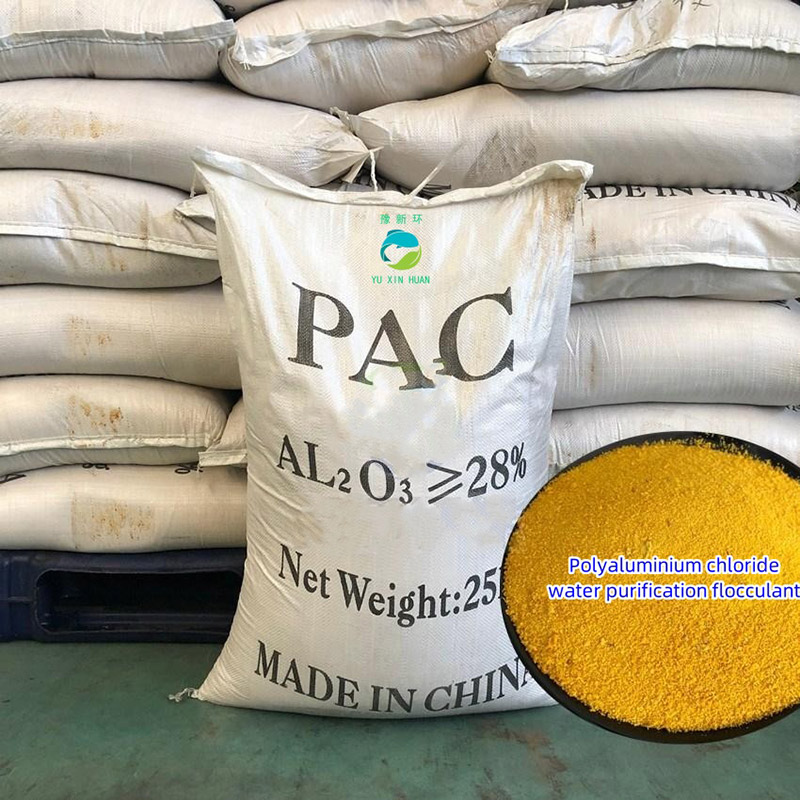It is a water-soluble Inorganic Polymer between AlCl æ and Al (OH) æ, with the chemical formula [Al ₂ (OH) ₙ Cl ₘ· yH ₂ O] ₘ. Due to the bridging effect of hydroxide ions and the polymerization effect of multivalent anions, PAC has a larger molecular structure and higher charge, therefore it has strong bridging adsorption performance. During the hydrolysis process, physical and chemical processes such as coagulation, adsorption, and precipitation occur.
PAC, as an excellent coagulant, is widely used in the treatment of drinking water, industrial water, and wastewater. It can effectively remove harmful substances such as suspended solids, colorants, and heavy metal ions from water. At the same time, the amount used is small, resulting in large alum flowers and fast settling speed. It is non corrosive to pipeline equipment and has a significant water purification effect.

The correct use of PAC Coagulant for water treatment *s following the following steps:
Firstly, understand and determine the water quality characteristics of the raw water, including suspended solids content, pH value, temperature, etc., in order to choose appropriate PAC dosage and treatment conditions.
Secondly, based on the water quality characteristics, calculate the dosage of PAC. This usually *s determining the optimal dosage based on experimental or empirical data to achieve the best coagulation effect.
Then, evenly add PAC to the water, which can be directly added or diluted before adding. When adding, attention should be paid to controlling the acceleration and mixing strength of PAC to ensure that it can be quickly and uniformly dispersed into the water.
Next, conduct thorough mixing and reaction. By stirring or aeration, PAC can fully contact and react with suspended solids in water, forming larger alum flowers.
Finally, precipitation and separation are carried out. By standing still or using equipment such as sedimentation tanks, alum flowers can be precipitated to the bottom of the water, achieving solid-liquid separation and obtaining clear water quality.

When using PAC Coagulant for water treatment, the following points should also be noted:
1. PAC should avoid direct contact with the skin, and protective gloves and glasses should be worn during operation.
2. PAC should be stored in a dry, cool, and ventilated place, avoiding direct sunlight and moisture.
3. The dosage of PAC should be adjusted according to the actual water quality situation to avoid waste and environmental pollution caused by excessive use.
4. The treated water quality should be tested to ensure compliance with discharge or reuse standards.